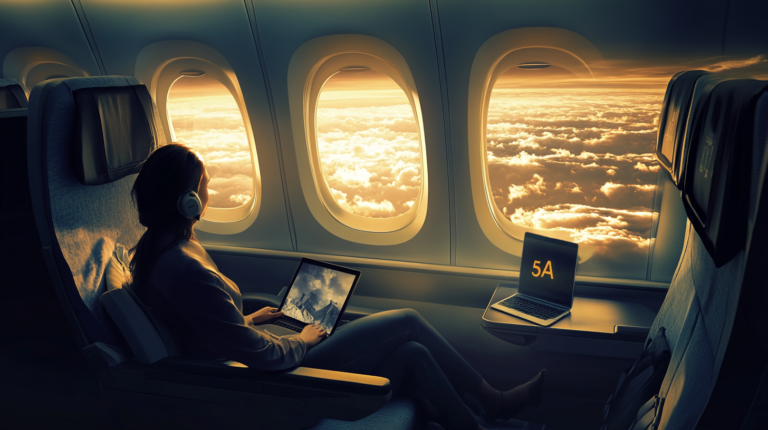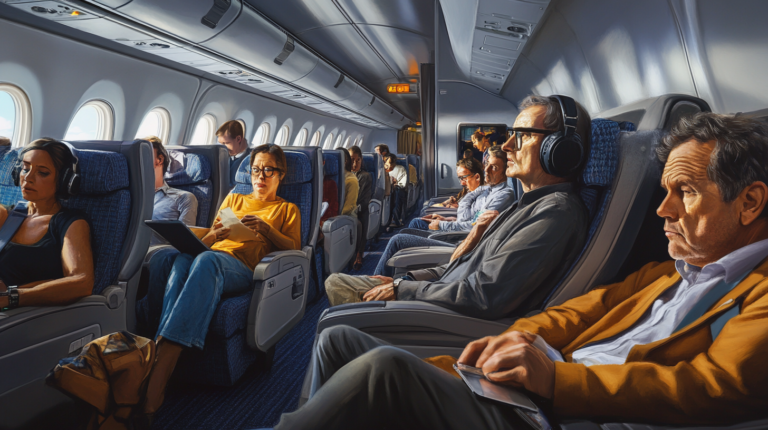Understanding Liquid Allowances in Checked Baggage: A Comprehensive Guide
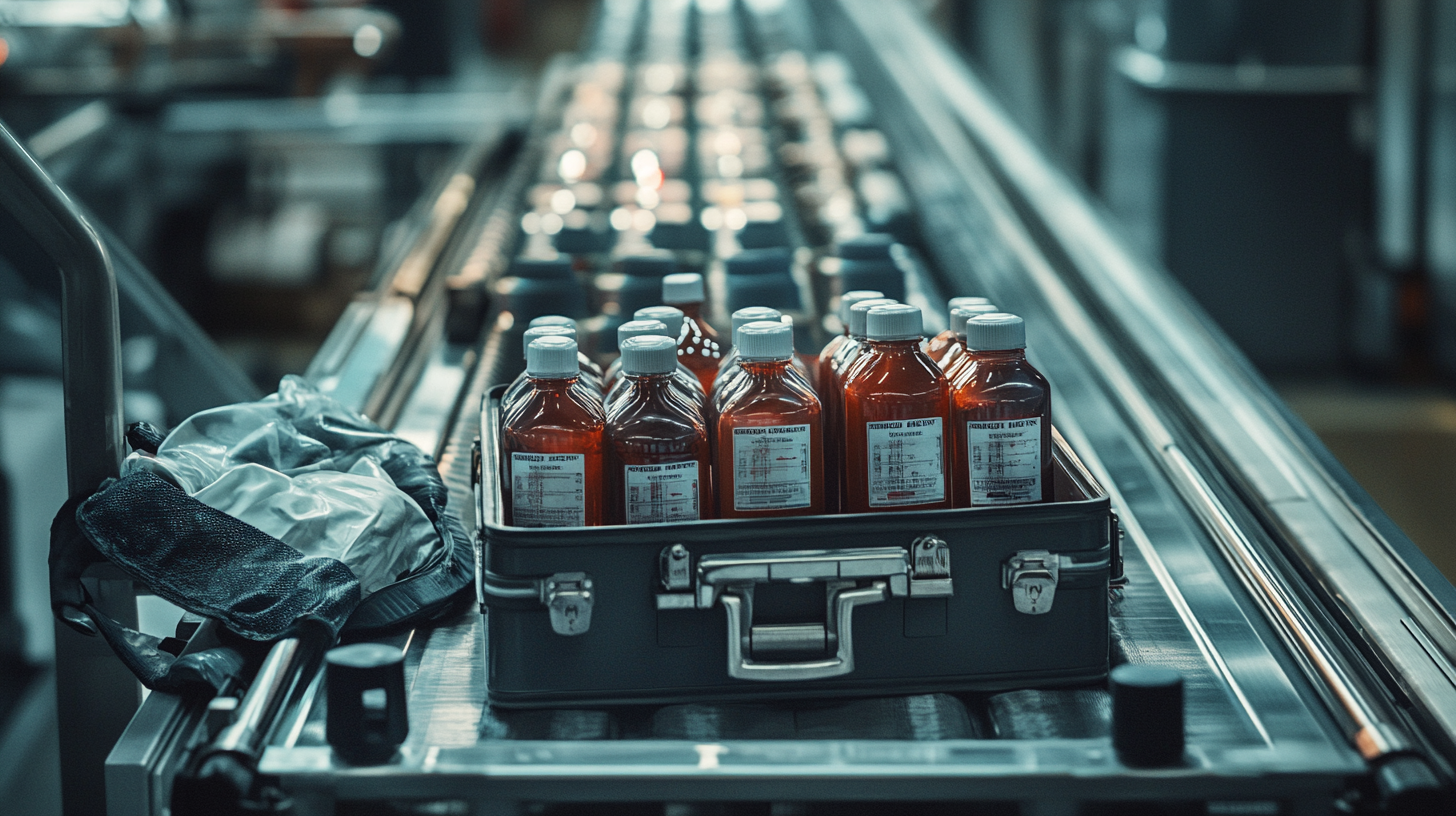
Embarking on a journey by air can be an exciting experience, but it also demands meticulous preparation—particularly when dealing with liquids in your luggage. Misunderstanding airline regulations can lead to delays, loss of items, or even fines. Imagine arriving at your dream destination only to discover that your favorite cologne or essential skincare products were discarded at the security checkpoint. To avoid such inconvenient scenarios, it’s imperative to grasp how much liquid you can take on a plane in checked baggage. This comprehensive guide delves into the specifics of airline policies, offering valuable insights and practical tips to ensure your travels are smooth and stress-free.
TSA Regulations on Liquids in Checked Baggage
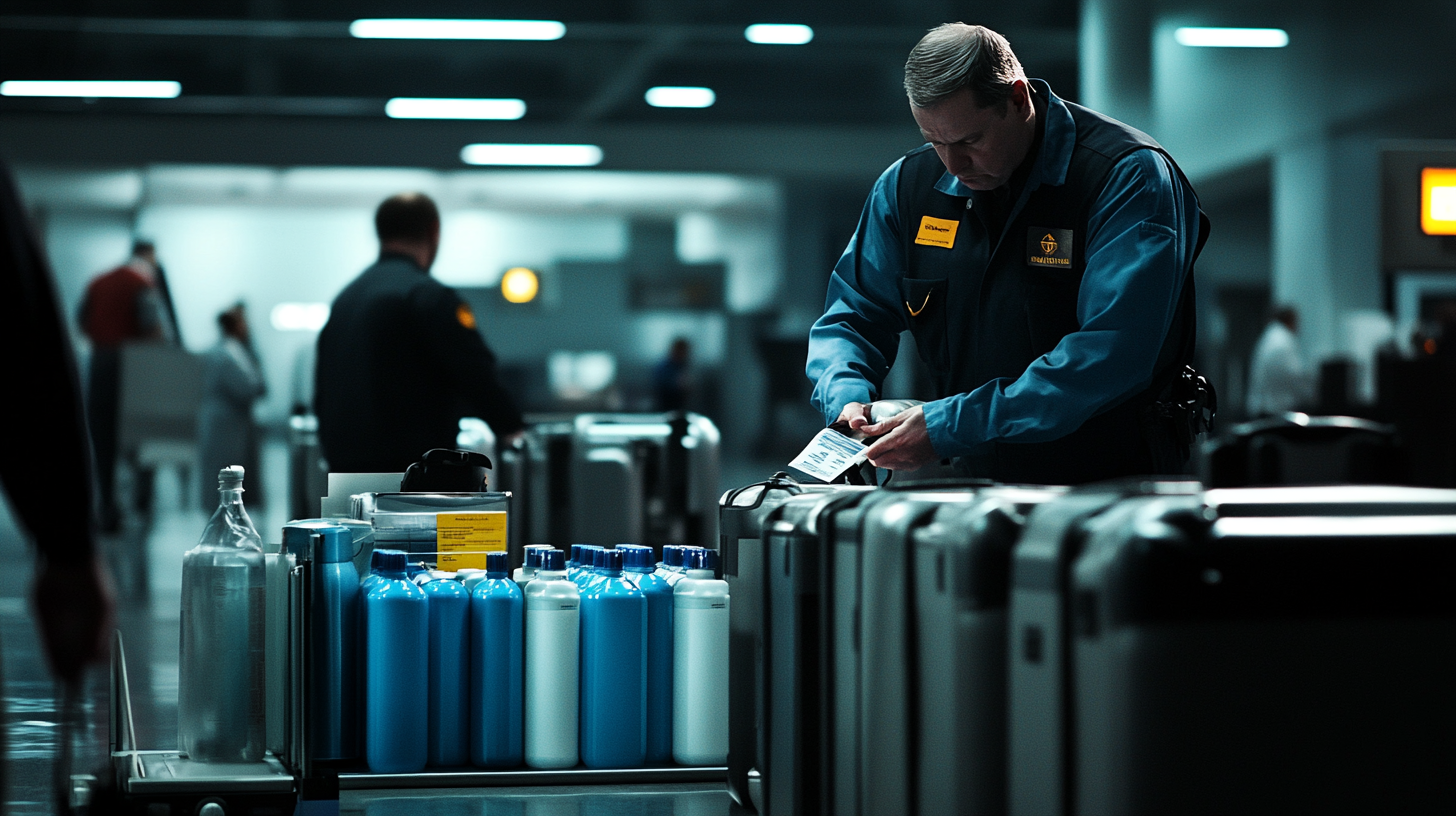
The Transportation Security Administration (TSA) plays a crucial role in ensuring the safety of air travel, and as such, it has established specific guidelines regarding the transportation of liquids on planes. Many travelers are familiar with the 3-1-1 rule for carry-on luggage, which mandates that passengers can carry liquids in containers of no more than 3.4 ounces (100 milliliters), all placed within a single quart-sized, transparent, resealable bag. However, when it comes to checked baggage, the rules are more lenient. In your checked luggage, you have the flexibility to pack liquids without adhering to the strict size limitations imposed on carry-ons. This means you can bring larger quantities of liquids, provided they are securely packaged and are not classified as hazardous or flammable materials.
According to TSA regulations, passengers are allowed to pack liquids, creams, gels, and pastes exceeding 3.4 ounces in their checked baggage, as long as these items are not considered hazardous or flammable. This allowance is particularly beneficial for travelers who prefer to carry their favorite full-sized toiletries, such as a 16-ounce bottle of shampoo or a large tube of toothpaste, without the inconvenience of transferring them into smaller containers. By understanding these regulations, tips for packing liquids in checked luggage , travelers can avoid unnecessary stress and ensure that their essential items arrive safely at their destination.
Allowed Liquids in Checked Baggage
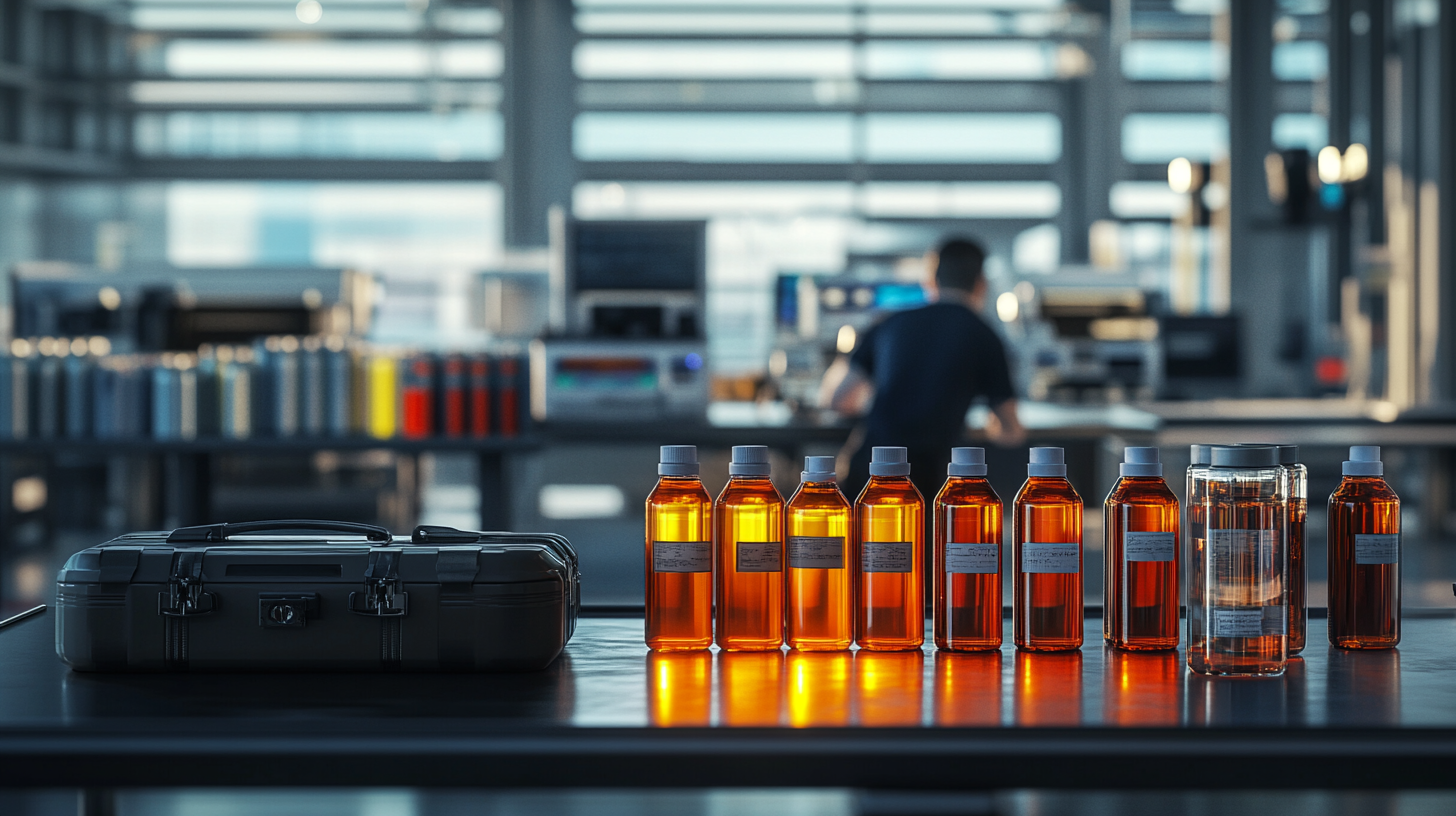
A wide array of liquids can be packed in your checked baggage, giving you the freedom to travel with the products you need. This includes everyday items such as toiletries, aerosols, perfumes, and even certain solvents used for personal projects or hobbies. However, navigating the specifics of what is allowed can be tricky, so it’s important to be well-informed. Here are some categories and considerations to keep in mind:
- Toiletries and Personal Care Items: Items such as shampoo, conditioner, lotion, toothpaste, and mouthwash can be packed in checked baggage without size limitations. This is ideal for travelers who prefer specific brands or have sensitivities that necessitate particular products.
- Aerosols: Non-flammable aerosols, like deodorants or hairsprays, are permitted, but they must be packed securely to prevent accidental discharge. Ensure that the nozzle is protected to avoid any inadvertent spraying during transit.
- Alcoholic Beverages: Beverages with an alcohol content of less than 70% are allowed, with specific quantity limits depending on the alcohol by volume (ABV). For detailed information on how to pack these items safely, refer to guidelines for packing alcohol in checked luggage .
Restrictions on Flammable and Hazardous Liquids
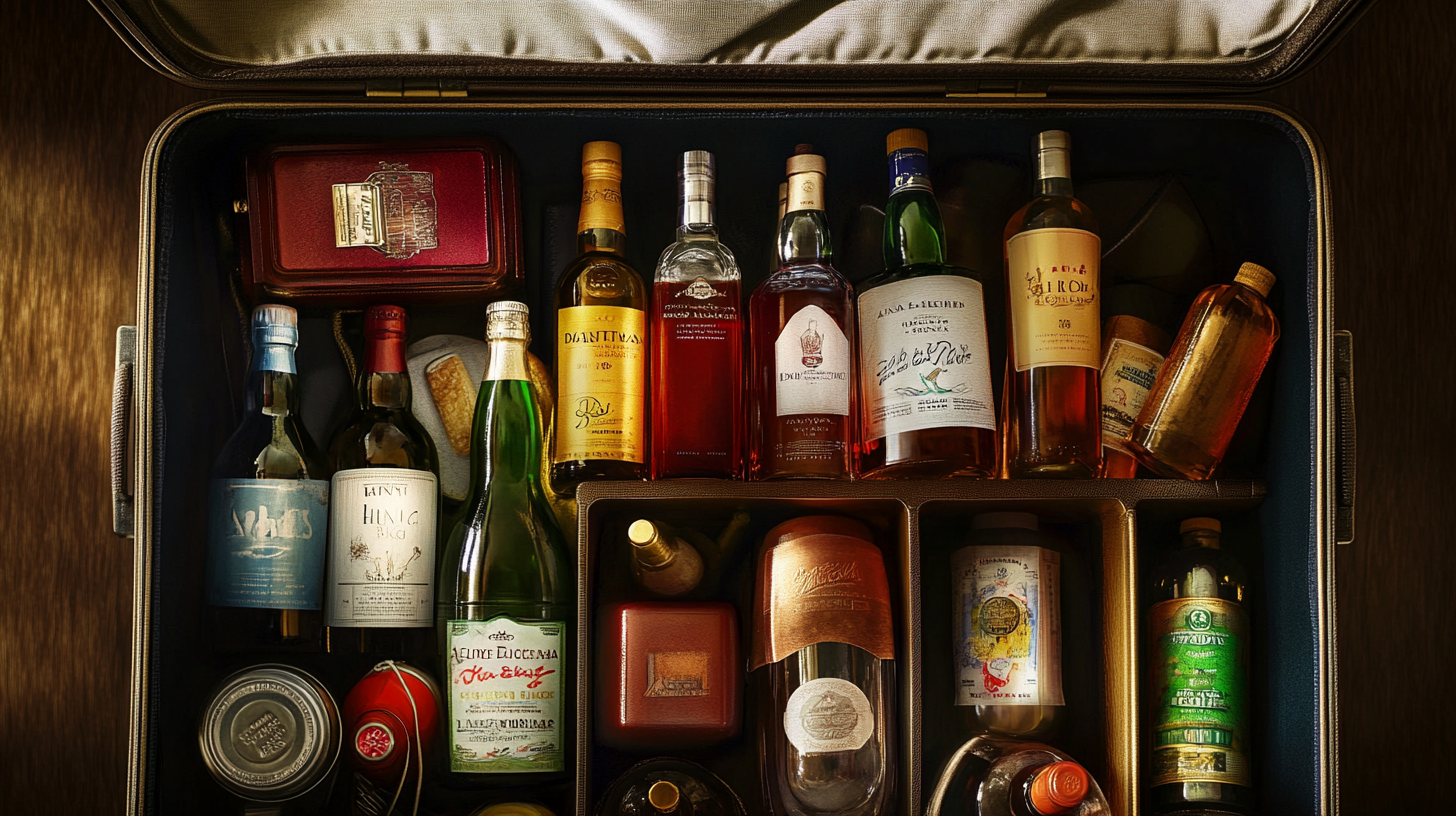
Despite the broad allowances for liquids in checked baggage, there are important restrictions designed to ensure the safety of all passengers and crew. Flammable and hazardous liquids pose significant risks if not properly managed, so strict regulations are in place:
- Flammable Liquids: Liquids that are flammable, explosive, corrosive, or toxic are not allowed in checked baggage. This includes items like gasoline, lighter fluid, some types of paints, and certain solvents. Packing these could result in serious safety hazards and legal consequences. For a comprehensive list of prohibited items, consult TSA prohibited items list .
- High-Alcohol Beverages: Alcoholic beverages over 70% ABV (140 proof) are prohibited. This restriction applies to items like grain alcohol and high-proof spirits, which are considered flammable liquids by the TSA. If in doubt, check the label for alcohol content before packing.
It’s essential to check the specific regulations for any item you are unsure about to avoid confiscation, delays, or even potential fines. If you’re uncertain whether a particular liquid is allowed, it’s better to err on the side of caution. Resources such as TSA liquid rules for checked baggage provide detailed information to help you make informed decisions before you pack.
Alcoholic Beverages: Specific Guidelines
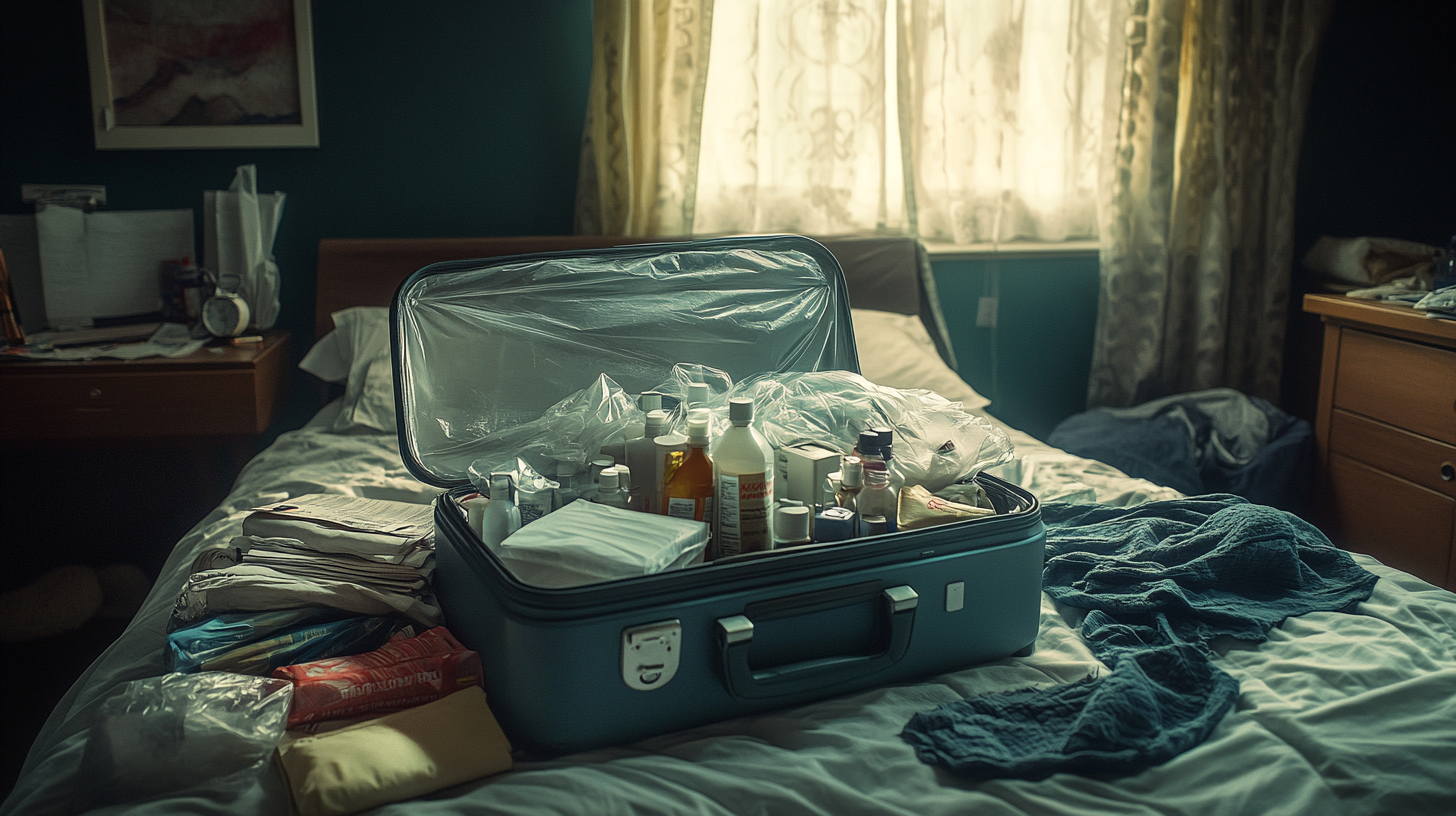
Alcoholic beverages often make for wonderful gifts or souvenirs, but they come with their own set of regulations when flying. When packing alcohol in your checked baggage, it’s important to be aware of the TSA’s specific guidelines to ensure that you comply with the rules and that your bottles arrive intact:
- Under 24% ABV: Alcoholic beverages with an alcohol content of less than 24% (e.g., beer and wine) are allowed in checked bags without volume limitations. This means you can transport that special bottle of wine from Napa Valley or your favorite craft beer from a local brewery without worrying about quantity restrictions.
- 24% to 70% ABV: You’re limited to 5 liters (1.3 gallons) per person for beverages containing 24% to 70% alcohol. These must be in unopened retail packaging. For tips on safely packing alcohol, see how to pack alcohol in checked luggage .
- Over 70% ABV: Beverages over 70% alcohol content are strictly prohibited in both carry-on and checked baggage. This includes high-proof liquors like Everclear, which are considered too flammable to transport by air.
Additionally, items like rubbing alcohol are restricted to 18 ounces per container due to their flammability. Aerosols, such as certain personal care products, are capped at a total of 70 ounces (2 kg) per person, with each container not exceeding 18 ounces (500 ml). Exceeding these limits can result in items being confiscated, as outlined in FAA hazardous materials regulations .
Packing Tips to Prevent Leaks and Damage
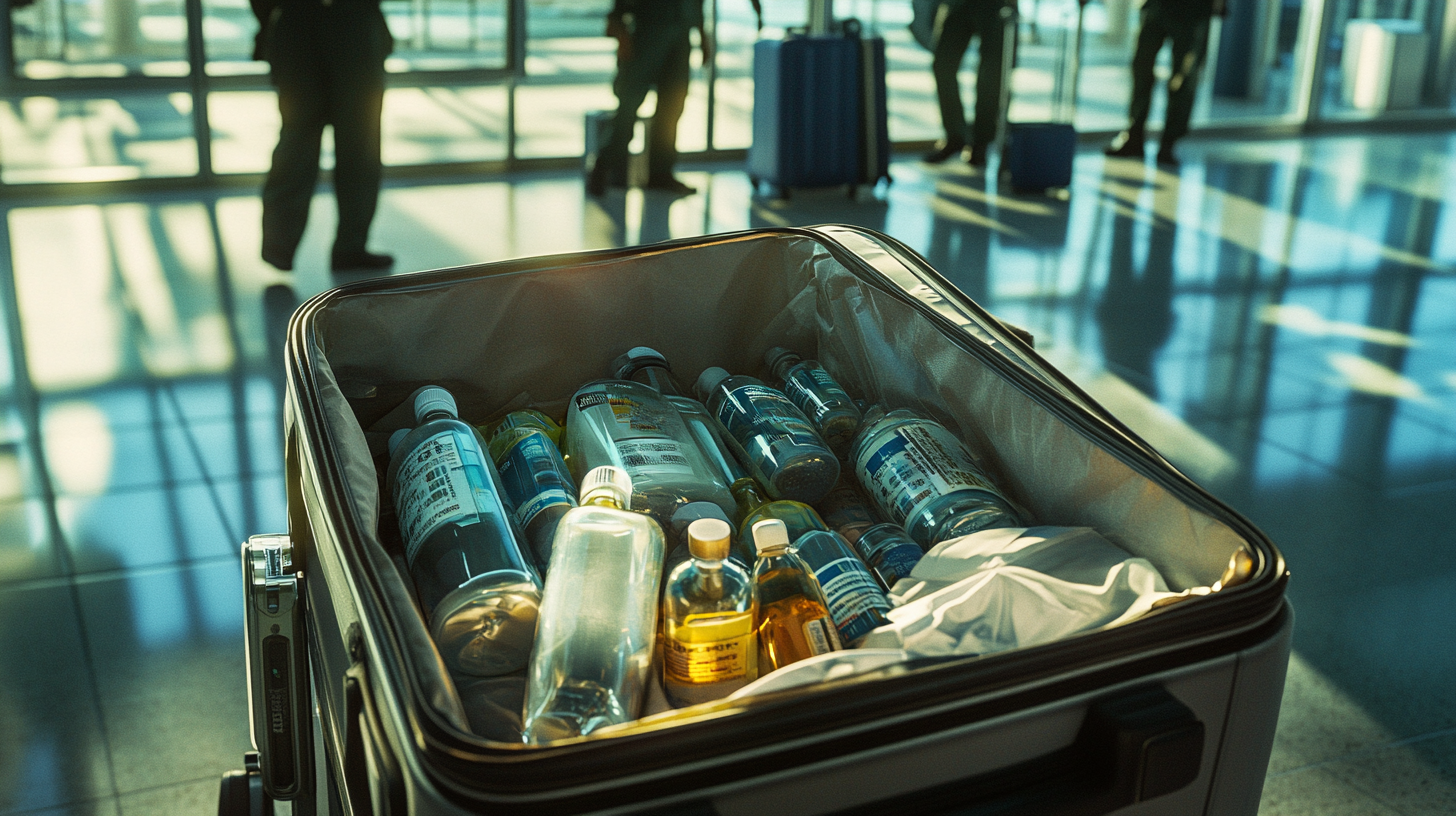
Anyone who has watched luggage being loaded onto an airplane knows that checked bags can experience a fair amount of jostling. To ensure that your liquids arrive safely and your other belongings remain unaffected, it’s crucial to pack them properly. Here are some practical tips to prevent leaks, spills, and breakages:
- Secure Containers: Seal liquid containers tightly and consider using tape around the caps to prevent them from loosening. This extra step can save you from unpleasant surprises upon arrival.
- Use Ziplock Bags: Place liquids in ziplock or sealable plastic bags to contain any potential leaks. Double-bagging is advisable for extra protection, especially for items like oils or syrups.
- Cushion with Clothing: Pack liquids in the center of your suitcase, surrounded by soft clothing to cushion impacts. This not only protects the liquid items but also your suitcase from potential damage.
- Avoid Glass Containers: Use sturdy, non-glass containers to reduce the risk of breakage. If you must pack glass, wrap it in bubble wrap or thick clothing for added protection.
- Special Packaging: For valuable or fragile items, consider using bubble wrap or specialized shipping containers. Items like wine bottles can be packed in protective wine travel bags designed specifically for air travel.
Remember that your bag may be inspected by security personnel, so make sure items are accessible and packed neatly to facilitate any inspections. Using transparent bags for liquids can also help security officers quickly assess the contents without excessive rummaging, minimizing the risk of items being improperly repacked.
International Regulations and Customs Considerations
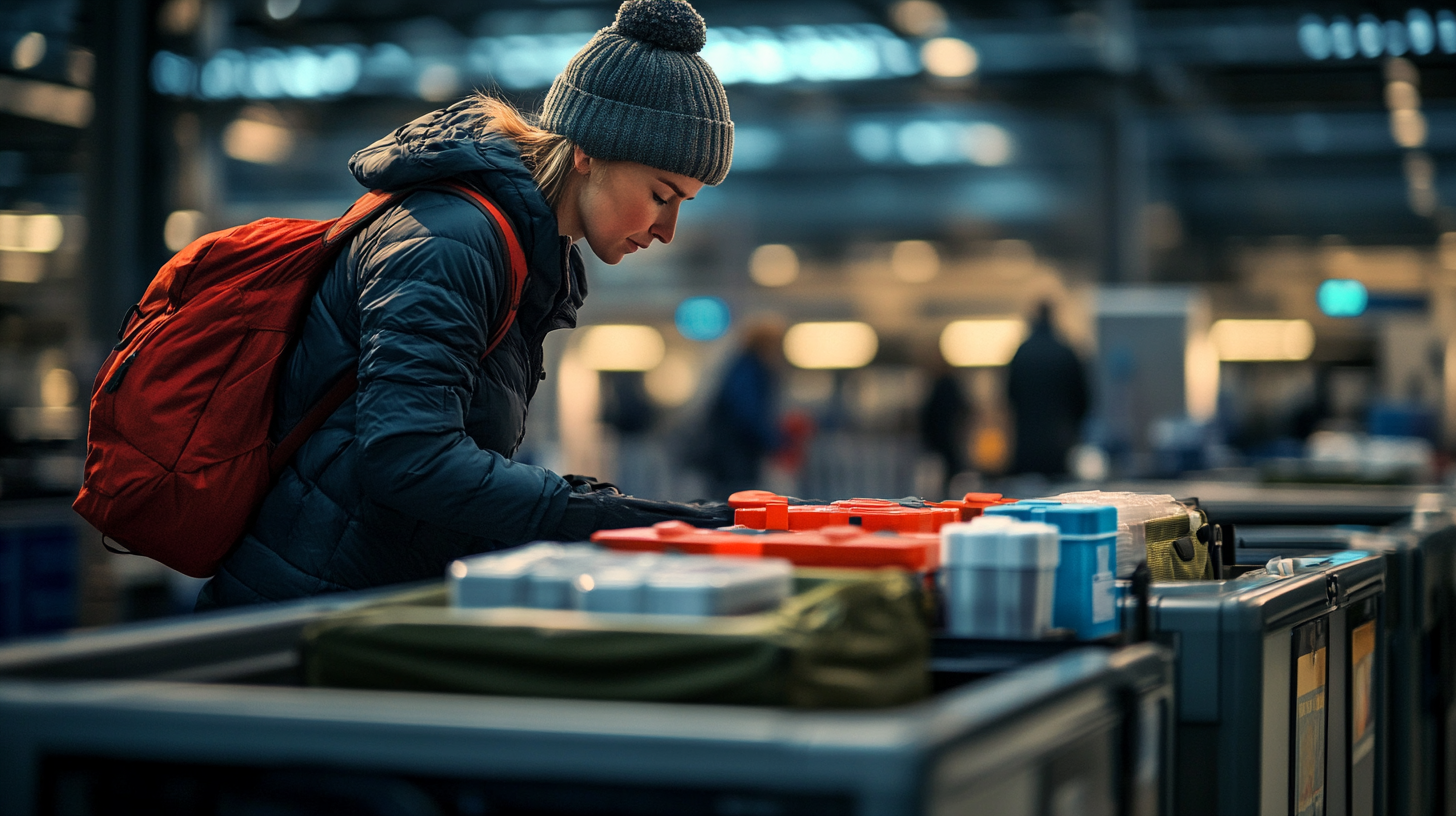
International travel introduces an additional layer of complexity regarding liquids, as each country has its own customs regulations and importation laws. What is acceptable in one country may be prohibited in another. To avoid legal issues or confiscation of goods upon arrival, it’s important to familiarize yourself with the specific rules of your destination. Consider the following advice:
- Check Destination Rules: Before packing, research the customs regulations of your destination country to ensure compliance. Official government websites or international customs guidelines for travelers can provide accurate information.
- Declare Items When Necessary: If required, declare any liquids or substances to customs officials upon arrival. Honesty is the best policy, and undeclared items can result in penalties or fines.
- Avoid Prohibited Items: Bringing restricted items into a country can result in confiscation or fines. Some countries have bans on certain food products, plant materials, or animal products, even if they are liquid.
Consult your airline and the destination country’s official websites for the most up-to-date information on what is permitted. Being informed not only helps in compliance but also ensures a smoother transition through customs and immigration.
Additional Considerations for a Smooth Travel Experience
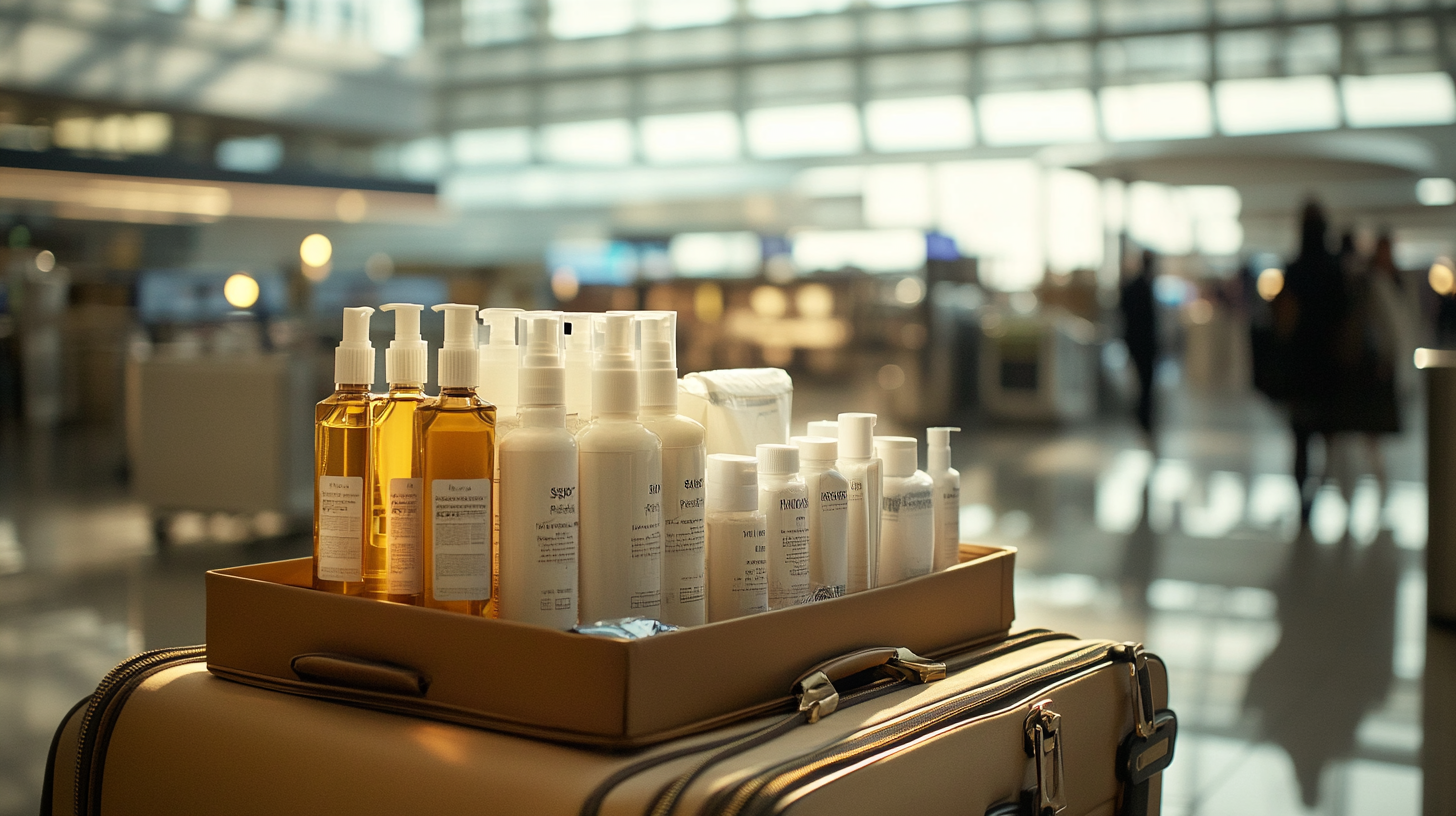
In addition to understanding the regulations, adopting smart packing strategies can significantly enhance your travel experience. Here are some extra considerations to keep in mind for a smooth trip:
- Avoid Packing Valuables: Do not pack expensive items or valuables in checked luggage, as these can be lost or damaged. Items like jewelry, electronics, and important documents should always be kept in your carry-on bag.
- Medications and Essentials: Keep prescription drugs and essential items in your carry-on bag to ensure they are accessible when needed. Regulations often allow exceptions for medically necessary liquids; refer to TSA guidelines on medications for more information.
- Stay Informed: TSA rules and airline policies can change, so stay informed by checking official sources before your trip. Subscribing to airline newsletters or downloading their apps can provide timely updates.
- Efficient Packing: Organize your luggage to make security inspections smoother, and consider using luggage locks approved by the TSA. This allows security officers to open and relock your bags without damaging the lock.
Final Thoughts
As you prepare for your next journey, remember that understanding how much liquid you can take on a plane in checked baggage is essential for a hassle-free experience. Follow us back to Seat 5A for more travel tips and insights. By adhering to TSA regulations, packing wisely, and staying informed about international customs rules, you can ensure a smooth and enjoyable trip. Preparation is key, and a little effort before your trip can save you from significant inconveniences later on. Whether you’re a seasoned traveler or embarking on your first flight, these guidelines will help you navigate the skies with confidence and ease.



